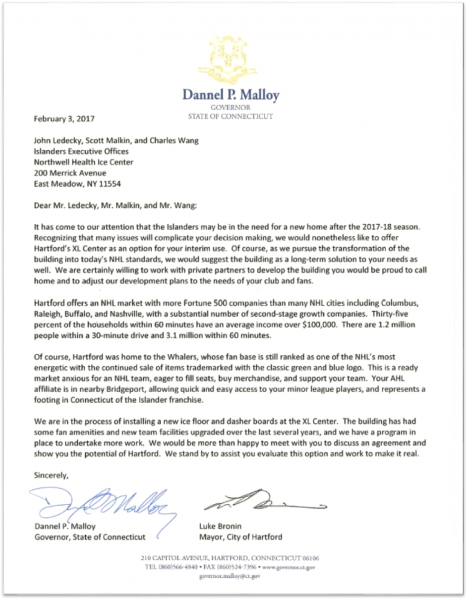In a press conference on May 6, 1997, team owner Peter Karmanos Jr. said he was moving his hockey team, the Hartford Whalers, to Raleigh and renaming it the Carolina Hurricanes.
It has been 20 years, and now there is an effort – voiced by Hartford City Councilman John Gale – to go back to the future, and bring the franchise to Hartford's XL Center. It is a long-shot, wistful effort that has yet to capture the public imagination in Connecticut, or any apparent interest from Karmanos, despite near constant rumors, and some intimation, that the franchise could be bought, for the right price. There has been consistent resistance from the NHL to moving the franchise from Raleigh, but no new comment since the latest idea became public.
“This is a market where the people have a good feeling about themselves, have a good feeling about the future,” Karmanos said two decades ago of the Carolina market to which he was redirecting the soon-to-be former Whalers. “I think they want a sports team here as a quality-of-life issue, something they can identify with.”
Now, Gale suggests in an op-ed published by the Hartford Courant, the team ought to return for much the same reason. “What if we could provide the region with an identity, a rallying point; what if there were a way to bring back the Whale and give it a built-in metro area base of support; and we did it all by regionally cooperating,” Gale wrote.
It has been two dec ades of highs and lows as the Carolina Hurricanes – two Stanley Cup appearances, and one win of the Cup in the early years, and the worst attendance in the National Hockey League, or near the bottom, more recently. In Hartford, the Whalers remain very much a part of the city's consciousness.
ades of highs and lows as the Carolina Hurricanes – two Stanley Cup appearances, and one win of the Cup in the early years, and the worst attendance in the National Hockey League, or near the bottom, more recently. In Hartford, the Whalers remain very much a part of the city's consciousness.
The Hurricanes have had the NHL’s worst home attendance in each of the past two years, and attendance at home games has dropped for five consecutive years, averaging 11,776 this season for 41 home games.
In January, NBC Sports reported that team President Don Waddell said Karmanos was not actively looking to sell the team, but that “If someone came along and wanted to buy it, I’m sure we’d talk about it but we’re not actively out there trying to find investors. If someone calls and says, ‘Hey, I want to buy the team,’ we’re taking that call.” A year ago, there were rumors of a sale and move to Quebec City.
Today, the Hurricanes Executive Vice President and General Manager is Hall of Famer Ron Francis. The former standout – in Hartford and Carolina – was the first player to have his number retired by the Hurricanes, on Jan. 28, 2006. Francis, captain dubbed “Ronnie Franchise,” saw his No. 10 – the jersey number in Connecticut and Carolina – raised high above the arena.
Earlier this year, NHL Commissioner Gary Bettman was quoted by USA Today as saying "Peter may sell, he may not sell. He may sell all of it. He may sell some of it. He may sell none of it. There's no formal sale process going on. There's no imperative for the franchise to be sold on any immediate basis, and the franchise is not moving.”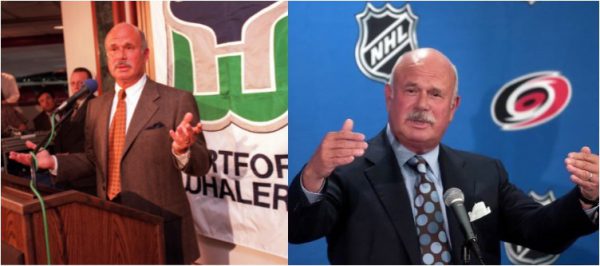
Within weeks of those comments, Gov. Malloy and Hartford Mayor Luke Bronin made a play for the Brooklyn-based New York Islanders, rumored to be seeking a new home due to spotty attendance at the home they share with the Brooklyn Nets. Those hopes were dashed last month when the team announced they planned to stay in New York, and are considering plans for a new hockey arena on Long Island or in Queens near Shea Stadium.
That effort caught the interest of data-guru Nate Silver, founder and editor of FiveThirtyEight.com, who revived his 2013 study that noted the Hartford-New Haven media market is the largest in the U.S. without a “big four” sports franchise. He estimated that about 175,000 avid NHL fans live in the Hartford-New Haven metro area. “That sounds bad, though it’s comparable to or slightly better than some of the lower-tier American NHL markets, including Columbus, Raleigh-Durham, Miami and Nashville (and better than Las Vegas, where the NHL is expanding). Furthermore, there’s potentially room for growth. According to our estimates, 7 percent of adults in the Hartford metro area were avid NHL fans in 2013. But the percentage is 13 percent in the New York metro area and 17 percent in the Boston metro area.” Sliver added that “If the Islanders or another team were to relocate to Hartford, the numbers would probably improve.”
Gale’s proposal: “What if all 38 towns in the Capitol Region Council of Governments banded together to buy the franchise and brought it back to Hartford? Grand lists are representative of the respective wealth of each town. So, the 38 towns would each pay a portion of the purchase price of the Whalers hockey team based on their percentage of the total grand list of all 38 towns. The average per capita cost for all 38 towns is $274 per person.”
In the Whalers’ final season in Hartford, 1996-97, attendance at the Hartford Civic Center had grown to 87 percent of capacity, with an average attendance of 13,680 per game. Published reports suggest that the average attendance was, in reality, higher than 14,000 per game by 1996-97, but Whalers ownership did not count the skyboxes and coliseum club seating because the revenue streams went to the state, rather than the team. Attendance increased for four consecutive years before management moved the team from Hartford. (To 10,407 in 1993-94, 11,835 in 1994-95, 11,983 in 1995-96 and 13,680 in 1996-97.)
Carolina’s average home attendance during the just-concluded 2016-17 season was 11,776– the worst in the 30 team league. That was a drop from the 2015-16 average of 12,203, which was lowest in the NHL that year as well.
ESPN reported last year that the Whalers Booster Club remains visible, and Whalers gear continues to sell briskly, in and beyond the Hartford region.
"We always march in Hartford's St. Patrick's Day parade," said Joanne Cortesa, the club's president. "And every time we hear people chanting, 'Bring 'em back, bring 'em back!' Every place we go, it's 'Bring 'em back!'"
"It's probably not going to happen next week or next month," Bronin told ESPN. "But we'd certainly welcome having the NHL return to Hartford."

 On the Southern Connecticut State University Owls, a Division ll men’s basketball team, five Connecticut student- athletes have made their way onto the 13 player roster. Those students hail from New Haven, North Haven, West Haven, Middlebury, and Stratford. The team plays in the Eastern College Athletic Conference, led by head basketball coach - former UConn and NBA player - Scott Burrell, a Hamden native.
On the Southern Connecticut State University Owls, a Division ll men’s basketball team, five Connecticut student- athletes have made their way onto the 13 player roster. Those students hail from New Haven, North Haven, West Haven, Middlebury, and Stratford. The team plays in the Eastern College Athletic Conference, led by head basketball coach - former UConn and NBA player - Scott Burrell, a Hamden native.

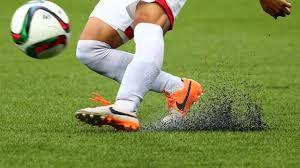
 A synthetic turf study was undertaken in 2016 by four United States agencies — EPA, Consumer Products Safety Commission, the Centers for Disease Control and Prevention/Agency for Toxic Substances and Disease Registry — which has yet to be finalized.
A synthetic turf study was undertaken in 2016 by four United States agencies — EPA, Consumer Products Safety Commission, the Centers for Disease Control and Prevention/Agency for Toxic Substances and Disease Registry — which has yet to be finalized. Blumenthal first became concerned about the artificial surface when his children were playing on the crumb-rubber athletic fields. “I became concerned as a parent, as much as a public official, ten years ago, and at first was somewhat skeptical, but now very firmly believe that we need an authoritative, real study about what’s in these fields,” Blumenthal told ABC News two years ago.
Blumenthal first became concerned about the artificial surface when his children were playing on the crumb-rubber athletic fields. “I became concerned as a parent, as much as a public official, ten years ago, and at first was somewhat skeptical, but now very firmly believe that we need an authoritative, real study about what’s in these fields,” Blumenthal told ABC News two years ago.
 iven the nation’s key public health target of limiting added sugars in children’s diets, flavored milk has come under scrutiny in the context of school nutrition, UConn Today recently reported.
iven the nation’s key public health target of limiting added sugars in children’s diets, flavored milk has come under scrutiny in the context of school nutrition, UConn Today recently reported.
 The index publication is supported by the Anthem Blue Cross and Blue Shield Foundation. It is a scientific snapshot of the health and fitness status at a metropolitan level using data made up of personal health, community and environmental factors.
The index publication is supported by the Anthem Blue Cross and Blue Shield Foundation. It is a scientific snapshot of the health and fitness status at a metropolitan level using data made up of personal health, community and environmental factors.
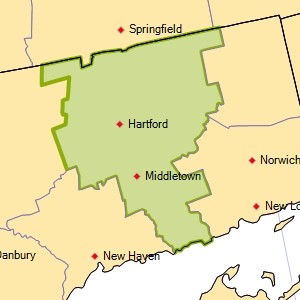 The region’s personal health rank was 13; its community/environmental indicators rank was 25, leading to an overall ranking of 13th. The analysis points to “Areas of Excellence,” in the region, including:
The region’s personal health rank was 13; its community/environmental indicators rank was 25, leading to an overall ranking of 13th. The analysis points to “Areas of Excellence,” in the region, including: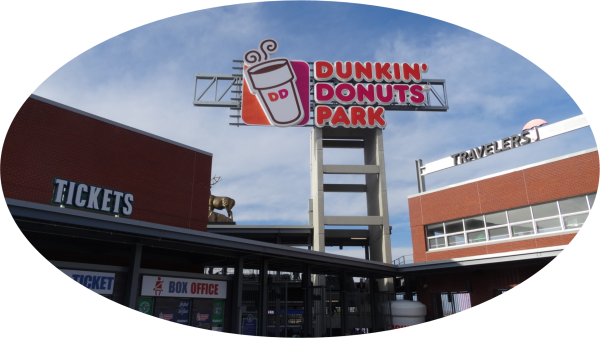
 Dunkin’ Donuts Park is the first brand new venue to open in the Eastern League since Northeast Delta Dental Stadium—home of the New Hampshire Fisher Cats—opened its doors in 2005, and it is seen as the biggest change to the league’s facility landscape since the extensive multi-phase renovation to the Harrisburg Senators’ FNB Field was completed prior to the 2010 season.
Dunkin’ Donuts Park is the first brand new venue to open in the Eastern League since Northeast Delta Dental Stadium—home of the New Hampshire Fisher Cats—opened its doors in 2005, and it is seen as the biggest change to the league’s facility landscape since the extensive multi-phase renovation to the Harrisburg Senators’ FNB Field was completed prior to the 2010 season.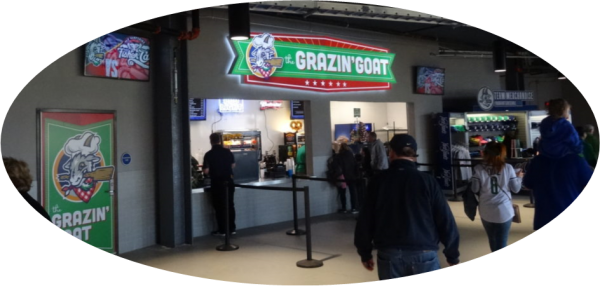

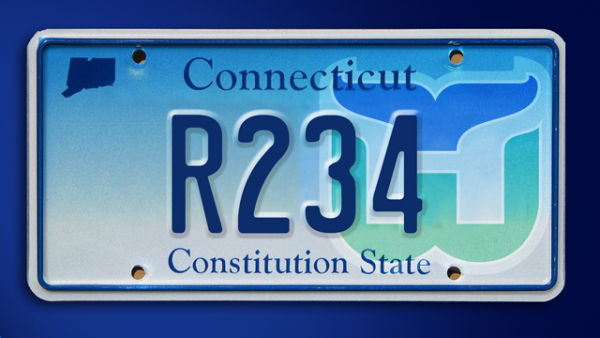 Organization vanity plates include Amistad, Benevolent & Protective Order of the Elks, IUOE Local 478, Grand Lodge of Connecticut, Knights of Columbus, Olympic Spirit, P.T. Barnum Foundation Inc., Preserving Our Past CT Trust for Historic Preservation, Red Sox Foundation, Lions Eye Research Foundation, Special Olympics, Federated Garden Clubs, Fidelco Guide Dog Foundation, Keep Kids Safe, New England Air Museum and the U.S.S. Connecticut Commissioning Committee.
Organization vanity plates include Amistad, Benevolent & Protective Order of the Elks, IUOE Local 478, Grand Lodge of Connecticut, Knights of Columbus, Olympic Spirit, P.T. Barnum Foundation Inc., Preserving Our Past CT Trust for Historic Preservation, Red Sox Foundation, Lions Eye Research Foundation, Special Olympics, Federated Garden Clubs, Fidelco Guide Dog Foundation, Keep Kids Safe, New England Air Museum and the U.S.S. Connecticut Commissioning Committee.


 ades of highs and lows as the Carolina Hurricanes – two Stanley Cup appearances, and one win of the Cup in the early years, and the worst attendance in the National Hockey League, or near the bottom, more recently. In Hartford, the Whalers
ades of highs and lows as the Carolina Hurricanes – two Stanley Cup appearances, and one win of the Cup in the early years, and the worst attendance in the National Hockey League, or near the bottom, more recently. In Hartford, the Whalers 

 Lowest
Lowest 
